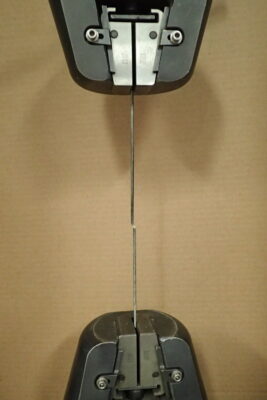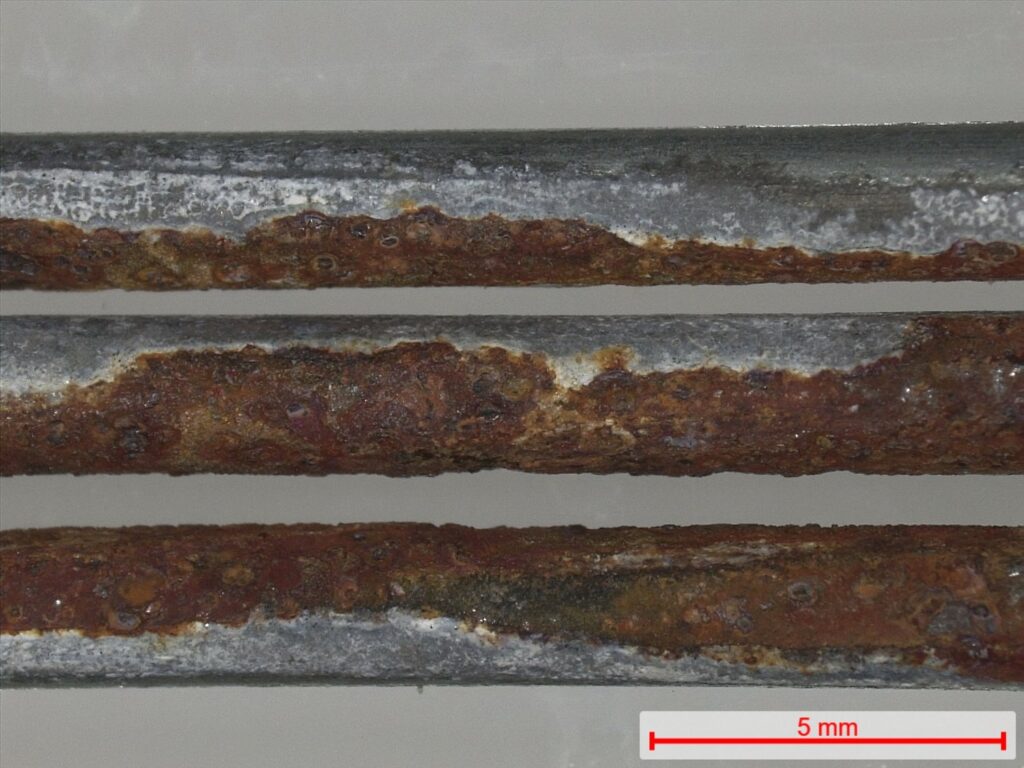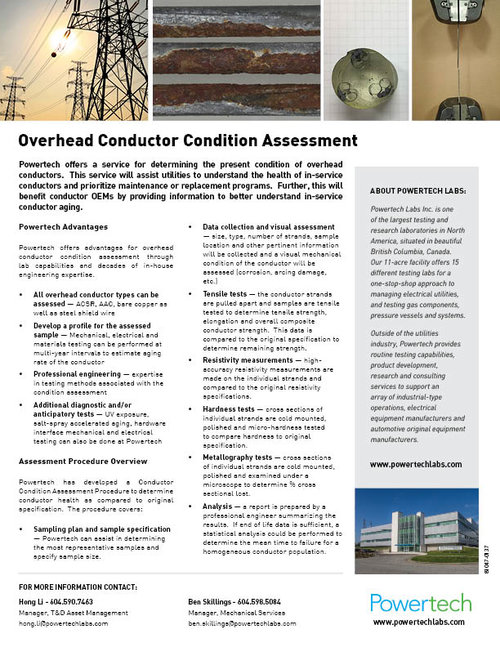Powertech offers a service for determining the present condition of overhead conductors. This service will assist utilities to understand the health of in-service conductors and prioritize maintenance or replacement programs. Further, this will benefit conductor OEMs by providing information to better understand in-service conductor aging.
Powertech Advantages
Powertech offers advantages for overhead conductor condition assessment through lab capabilities and decades of in-house engineering expertise.
All overhead conductor types can be assessed — ACSR, AAC, bare copper as well as steel shield wire
Develop a profile for the assessed sample — Mechanical, electrical and materials testing can be performed at multi-year intervals to estimate aging rate of the conductor
Professional engineering — expertise in testing methods associated with the condition assessment
Additional diagnostic and/or anticipatory tests — UV exposure, salt-spray accelerated aging, hardware interface mechanical and electrical testing can also be done at Powertech

Assessment Procedure Overview
Powertech has developed a Conductor Condition Assessment Procedure to determine conductor health as compared to original specification. The procedure covers:
Sampling plan and sample specification — Powertech can assist in determining the most representative samples and specify sample size.
Data collection and visual assessment — size, type, number of strands, sample location and other pertinent information will be collected and a visual mechanical condition of the conductor will be assessed (corrosion, arcing damage, etc.)
Tensile tests — the conductor strands are pulled apart and samples are tensile tested to determine tensile strength, elongation and overall composite conductor strength. This data is compared to the original specification to determine remaining strength.
Resistivity measurements — high-accuracy resistivity measurements are made on the individual strands and compared to the original resistivity specifications.
Hardness tests — cross sections of individual strands are cold mounted, polished and micro-hardness tested to compare hardness to original specification.
Metallography tests — cross sections of individual strands are cold mounted, polished and examined under a microscope to determine % cross sectional lost.
Analysis — a report is prepared by a professional engineer summarizing the results. If end of life data is sufficient, a statistical analysis could be performed to determine the mean time to failure for a homogeneous conductor population.
FOR MORE INFORMATION CONTACT:


